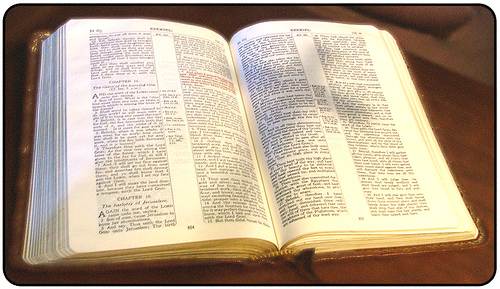I will be starting a series of articles on the “rapture” question. There seems to be a lot of discussion on this topic nowadays. This one is an introduction to the subject of eschatology (Which is a highfalutin way of saying end-time prophecy). Some may accuse me of defending a denominational teaching, but you would not if you knew me! Some will say, “You just hold to that view because you’ve never had your view challenged.” Au contraire! That is to say, “Nothing could be further from the truth!” I have been a diligent student of the Bible for nearly 40 years and have gone through it all (tossed to and fro, and carried about with every wind of doctrine) and held to postmill. amill. and now hold to premill/pretrb.
BELOW IS AN OVERVIEW OF THE SCHOOLS OF THOUGHT IN ESCHATOLOGY
1st Preterism: This view holds that Daniel’s 70th week and most of the Olivet Discourse was fulfilled in in the first century. Prophecy for the most part is not to be taken literally but as poetry. For example, Matthew 24: 29&30,
Immediately after the tribulation of those days shall the sun be darkened, and the moon shall not give her light, and the stars shall fall from heaven, and the powers of the heavens shall be shaken: And then shall appear the sign of the Son of man in heaven: and then shall all the tribes of the earth mourn, and they shall see the Son of man coming in the clouds of heaven with power and great glory.
To the preterist this was fulfilled in A.D. 70 with the destruction of Jerusalem and simply means the fall of the old age and the beginning of the new age of Christianity. Origen is the origin of this view of prophetic poetry. He taught at the gnostic Alexandrian School in Egypt in the 3rd century. This is the view of the Roman Catholic church. In the Counter-Reformation, the Jesuit Luis de Alcasar promoted the preterist view among protestants. Preterists are either Amillennial (no future reign of Jesus for a literal 1000 years but the millennium is the church age) or Postmillennial (Jesus will return after the church has established a thousand years on earth).
Allis, Oswald T., Prophecy and the Church. (Eerdmans 1945)
Campbell, Roderick, Israel and the New Covenant. (Presbyterian & Reformed Pub. 1954)
Chilton, David, Days of Vengeance: An Exposition of the Book of Revelation. Ft. Worth Texas: Dominion Press (1987)
__________, The Great Tribulation. Ft. Worth Texas: Dominion Press (1987)
________, Paradise Restored: A Biblical Theology of Dominion. Ft. Worth Texas: Dominion Press (1987)
Gentry, Kenneth, The Beast of Revelation (Institute for Christian Economics, (1989)
_______, Before Jerusalem Fell: Dating the Book of Revelation (I.C.E.: 1989)
Hanegraaff, Hank, The Apocalypse Code. (Thomas Nelson, 2007)
Russell, J. Stuart, The Parousia (1878)
Next is Historic Premillennialism: Like preterism, this school believes the 70th week of Daniel was fulfilled in AD.70, but the millennium is future and literal and the Olivet Discourse and the Revelation is in continuous fulfillment. The major problem with H.P.is like Preterism, it fails to distinguish between God’s program for Israel and the N.T. church! Popular among the Protestant Reformers, but it is mostly promoted today by the Seventh Day Adventist cult.
R. Clouse (ed.), The Meaning of the Millennium: Four Views. (Intervarsity, 1977)
Gundry, Robert H, The Church and the Tribulation. Grand Rapids: Zondervan, 1973
Ladd, George Eldon, The Gospel of the Kingdom. (Grand Rapids: Eerdmans, 1959)
________, The Blessed Hope. (Grand Rapids: Eerdmans, 1980)
Smith, Uriah, Daniel and the Revelation (1897)
Finally, we have futurism, The distinguishing point about futurism is that it sees Daniel’s 70th week (7years) as a future event. This study of the “rapture” has to do with the rapture’s timing: pretri. midtrb. posttrib. Or prewrath.

